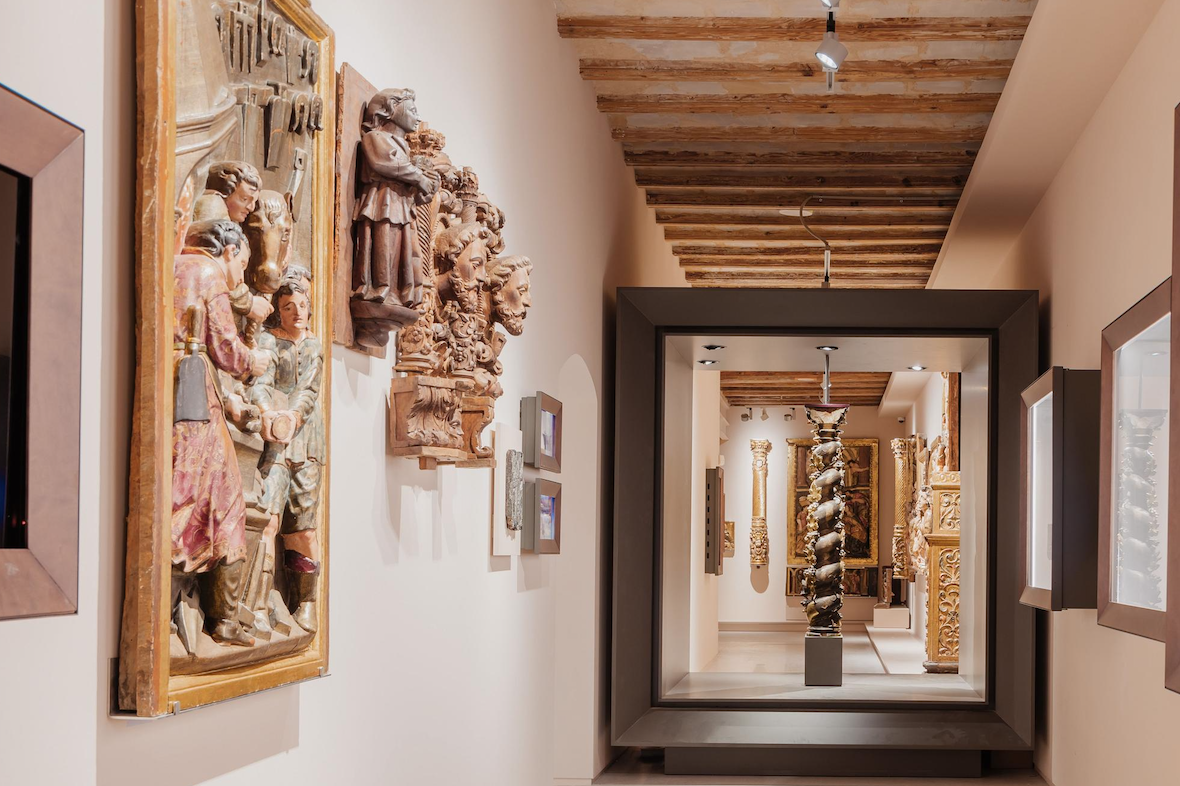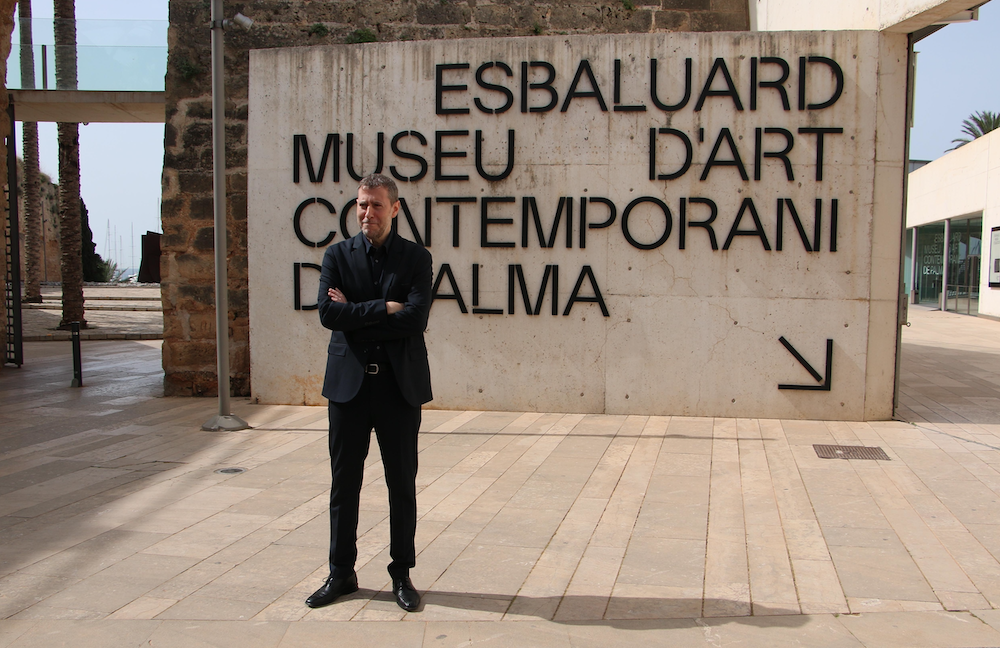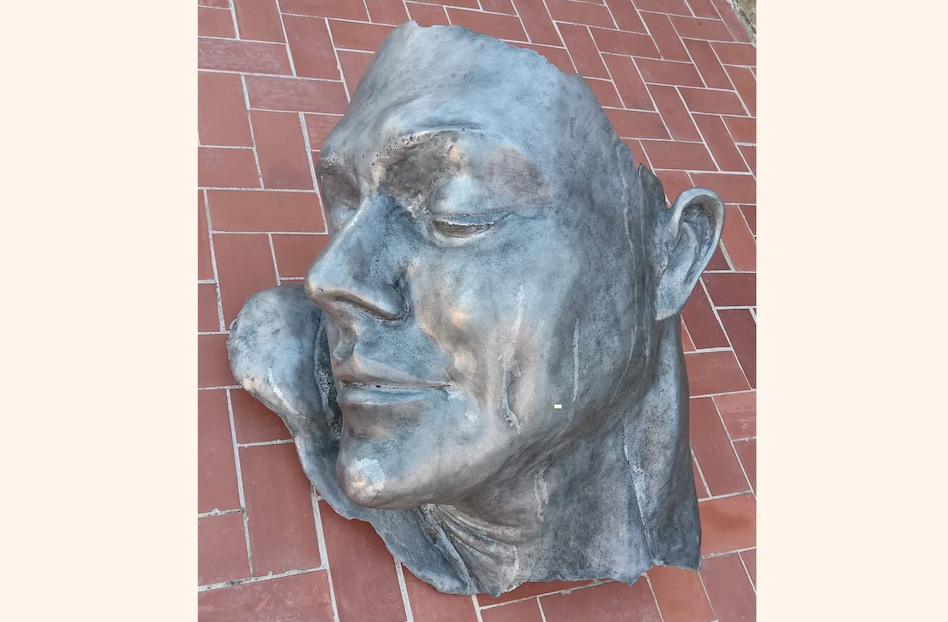News
World Press Photo 2024 announces global winners
The World Press Photo 2024 exhibition in Barcelona, organized for the twentieth consecutive year by the Photographic Social Vision Foundation, can be visited from November 8 to December 15 at the Center for Contemporary Culture in Barcelona
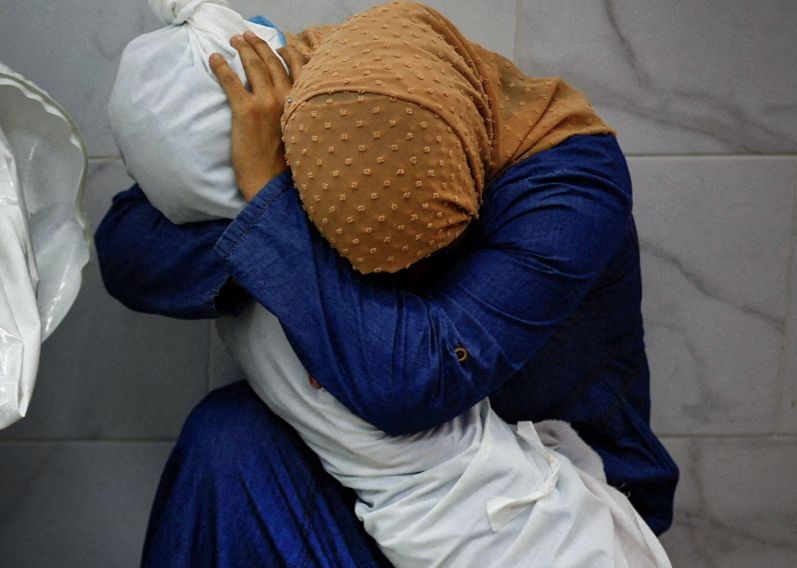
The World Press Photo Foundation reveals the global winners of World Press Photo 2024, the world's most prestigious photojournalism competition. The exhibition 'World Press Photo 2024' will display the winning works, global and regional, will have another year with international guests, complementary activities and guided tours for the general public, school groups and companies, with the aim of deepening the stories captured and in the actuality of the photojournalistic profession.
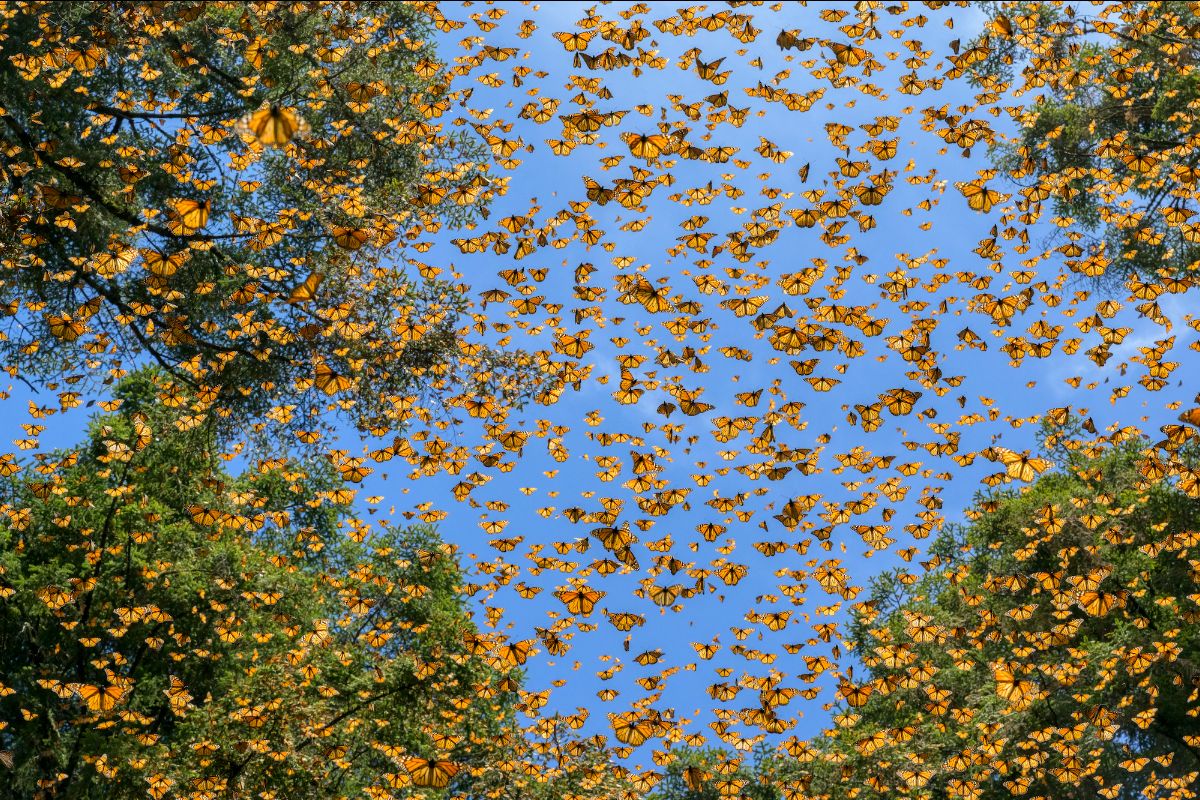 Salvant a les monarques, de Jaime Rojo. National Geographi
Salvant a les monarques, de Jaime Rojo. National Geographi
The World Press Photo of the Year goes to A Palestinian woman embraces the body of her niece, by Palestinian photographer Mohammed Salem for Reuters. The photograph shows Inas Abu Maamar (36) holding the lifeless body of her niece Saly (5), who was killed, alongside her mother and sister, when an Israeli missile hit their home in Jan Yunis, Gaza.
Salem describes this photograph, taken a few days after his wife gave birth, as a "powerful and sad moment, which sums up the larger sense of what was happening in the Gaza Strip."
The jury highlighted the care and respect used when composing the image, which offers, at the same time, a metaphorical and literal look at an unimaginable loss. An image that symbolizes the ravages of conflict and declares the futility of all wars. In 2010, more than a decade ago, Mohammed Salem already received a World Press Photo for another image about the same conflict, which is why the jury underlines the continuous struggle for the recognition of such an urgent issue.
The World Press Photo in Graphic Reporting of the Year goes to South African photographer Lee-Ann Olwage for the Valim-babena story, for GEO, which is part of a long-term project by the author on the dementia, which already earned him a regional World Press Photo in Individual Photographs in 2023. On that occasion, he went to present his work at the exhibition in Barcelona, invited by the Photographic Social Vision Foundation.
The Valim-babena report portrays Paul Rakotozandrini, 'Dada Paul' (91 years old), who has been living with dementia for 11 years and is cared for by his daughter Fara Rafaraniriana (41 years old). For nine years, no one knew that he was sick. His ten children assumed he had “gone mad” or attributed the symptoms to excessive alcohol consumption. Only his daughter Fara noticed something different when her father, a retired driver, was unable to find his way home one day when he picked her up from work.
As life expectancy increases, dementia is becoming a global problem. In Madagascar, the WHO estimates that around 40,000 people live with Alzheimer's. But the lack of public awareness often stigmatizes people who show memory loss and many confuse the symptoms with signs of witchcraft, demonic possession or "madness". Conversely, the story of Fara and Dada Paul illustrates the Malagasy principle of valim-babena: the duty of adult children to help their parents, as an expression of love and moral duty for the care that parents put into raising their children.
The jury commented that "the graphic reportage addresses a universal health problem through the perspective of family and care. The selection of images is composed with warmth and tenderness, reminding viewers of the love and closeness needed in times of war and hostility around the world."
The World Press Photo Long-Term Project award goes to Venezuelan photographer Alejandro Cegarra with The Two Walls, for The New York Times/Bloomberg.
Since 2019, Mexico's immigration policies have undergone a significant shift, transforming from a nation historically open to migrants and asylum seekers at its southern border to a country that enforces strict immigration policies.
The collaboration between the United States and Mexico to deny asylum and enforce tough immigration policies has strengthened the barriers for those seeking refuge. The evolution of the foreign and immigration policy of successive US administrations, the imposition of COVID-19 protocols and the political and economic instability in Central and South America have contributed to the current crisis leaving thousands of people stranded in Mexican border towns . Migrants and asylum seekers wait indefinitely in makeshift camps, often in areas under the control of corrupt authorities and drug cartels, exposed to violence and precarious living conditions.
The jury has rated this project as an "example of dynamic and first-rate storytelling. The images are both ruthless and respectful, and convey the intimate emotions present in various migrant journeys." The jury also appreciated that the photographer started from his own experience as a migrant from his native Venezuela to Mexico in 2017, starting this project in 2018, so that "he offers a sensitive and human-centered perspective that puts the will and resilience of migrants in the spotlight."
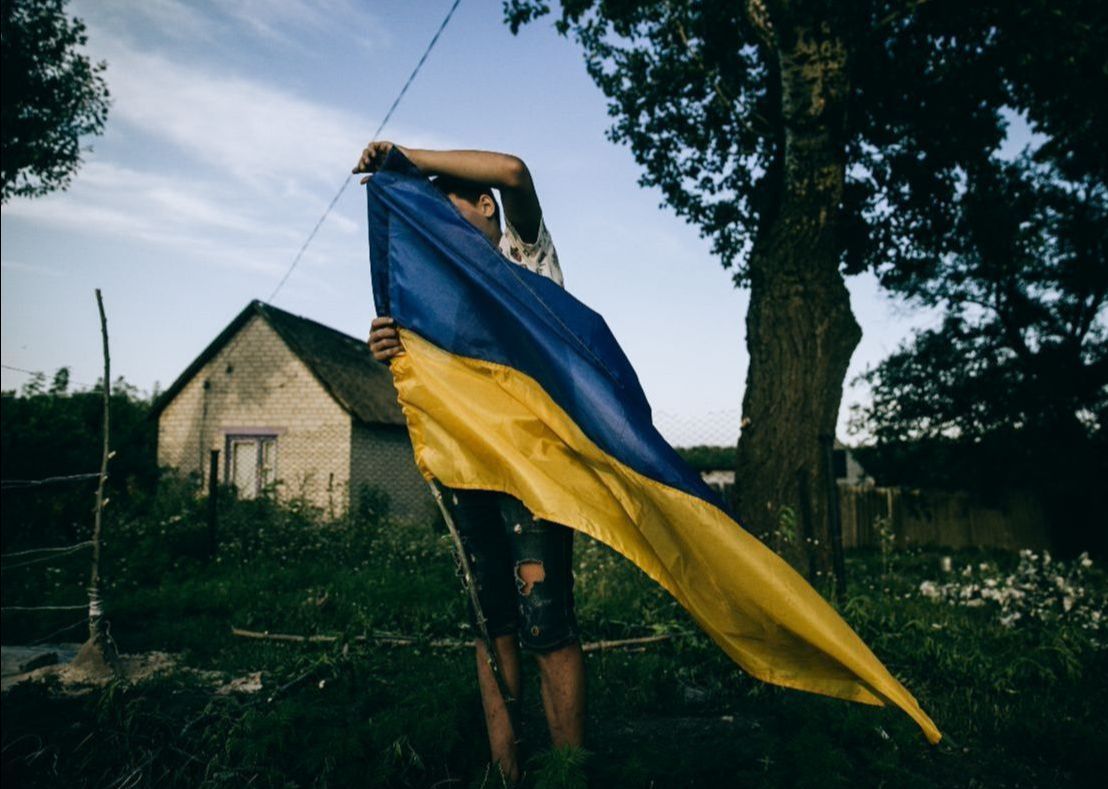 Julia Kochetova
Julia Kochetova
The Open Format World Press Photo award goes to Ukrainian photographer Julia Kochetova for War is Personal, a web project that includes documentary photojournalism, poetry, illustration and music. In the style of a personal diary, it shows the world what it is like to live with war as an everyday reality.
After almost ten years of fighting and tens of thousands of civilian and military casualties, the war continues in Ukraine. While the media reports through statistics and maps, and international attention turns its attention elsewhere, the multimedia presentation of this Kiev-based Ukrainian photojournalist and documentarian grounds the facts of war in her vision subjective of the experience and allows to inject greater emotion and symbolism that the photographs could convey on their own.
According to the jury, her emotional images stood out among many other candidates about the current Russian invasion of Ukraine. They particularly valued the internal perspective it offers and its poetic diary form, with strong visual symbolism, use of color sequences and an attractive use of audio and illustration - in collaboration with an illustrator and a DJ also from Ukraine-, which give the work a cinematic quality.
The four global winners of World Press Photo 2024 have been selected from among the 24 regional winners , who in turn were chosen from more than 61,000 photographs by 3,851 photographers from 130 countries . A global jury, formed by the presidents of each of the six regional juries (Africa – Asia – Europe – North and Central America – South America – Southeast Asia and Oceania), together with the president of the global jury, Fiona Shields , head of photography by The Guardian, has selected the global winners.






